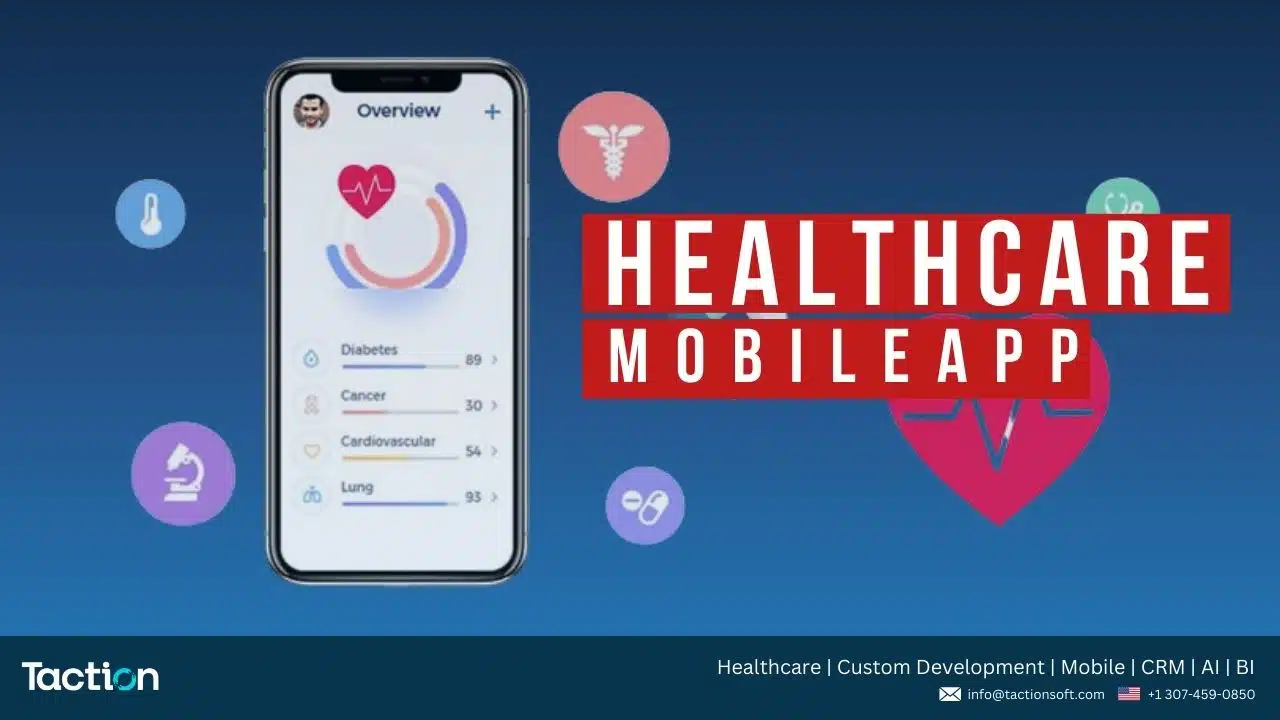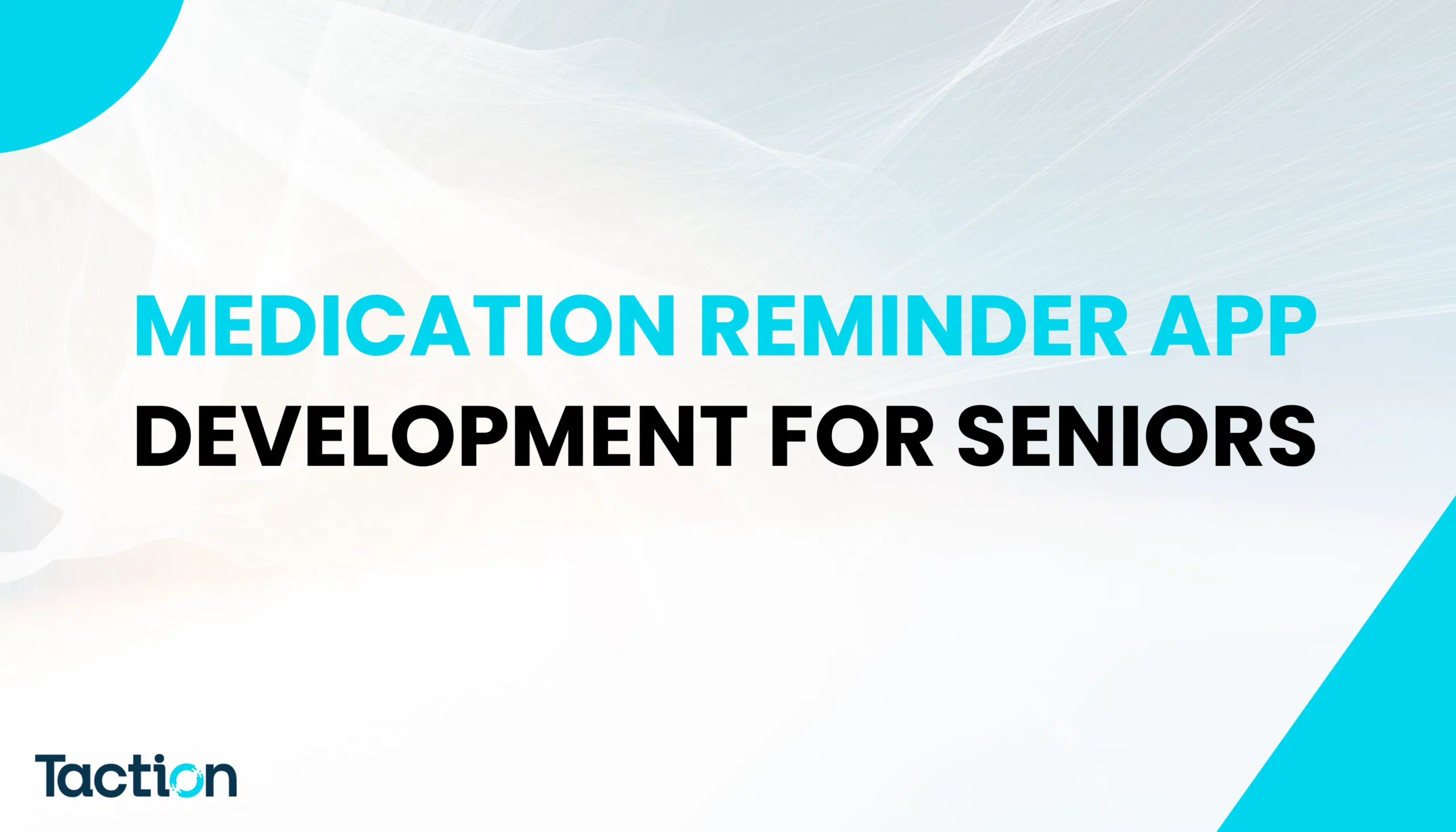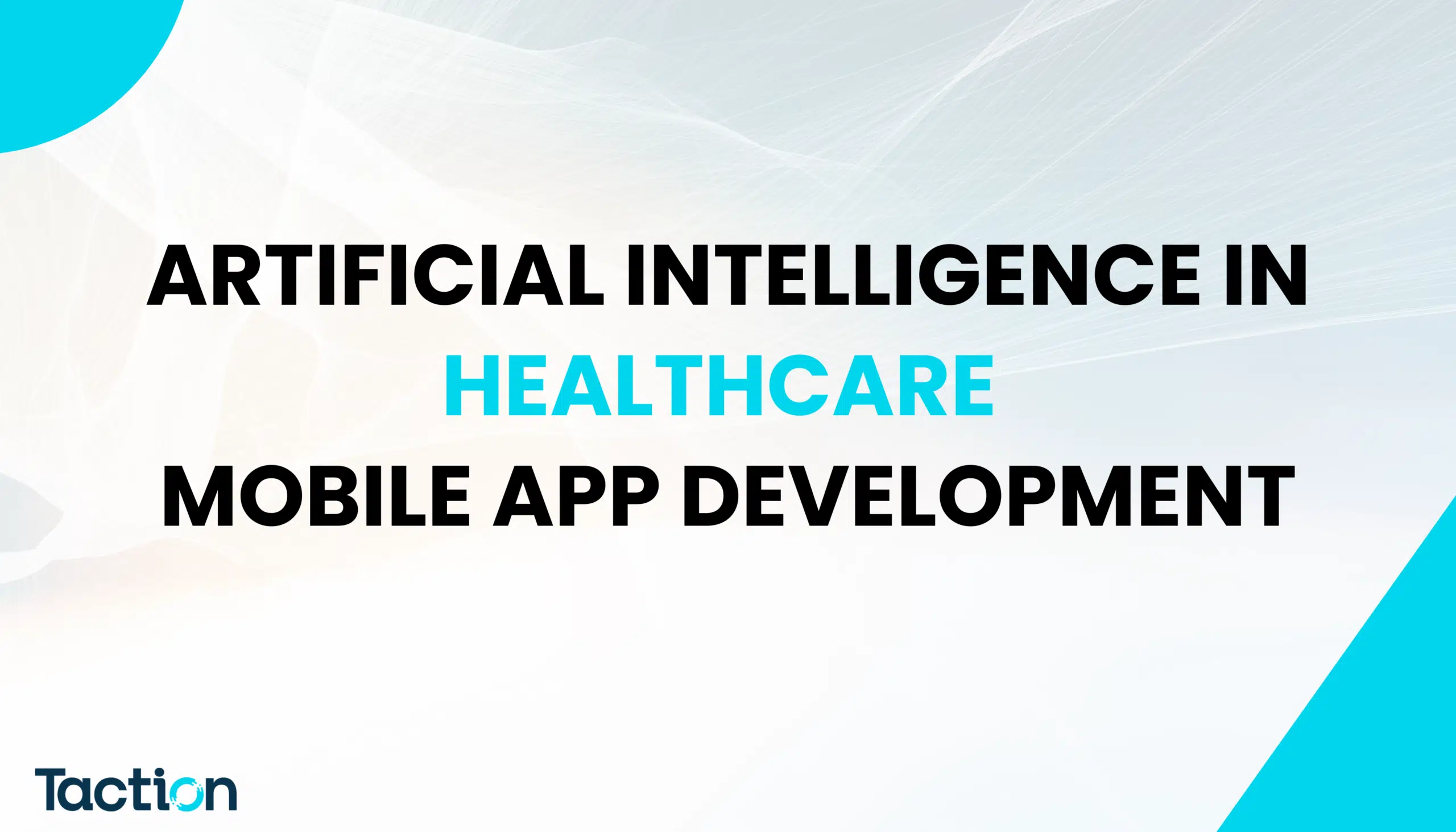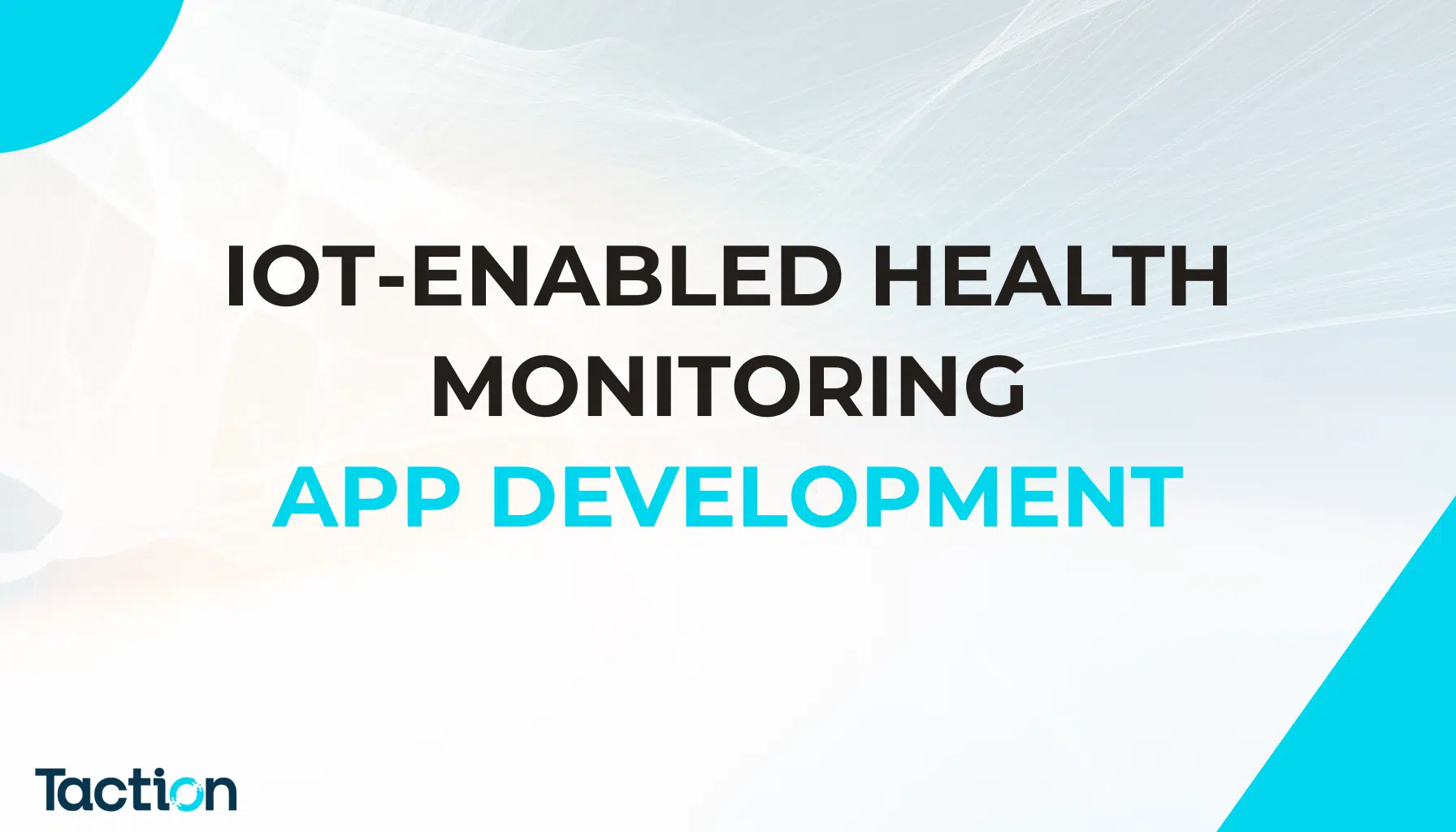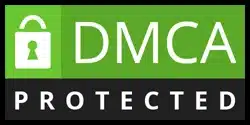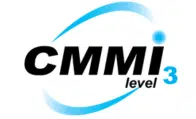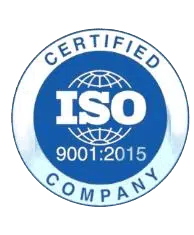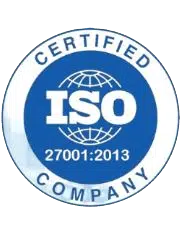Things to consider while building healthcare mobile app
Healthcare industries are rapidly adopting digital technology, with mobile apps playing an increasing role in improving patient experience, remote monitoring and improving communication between healthcare providers and their patients. But creating mobile-friendly healthcare apps is no simple task due to sensitive medical data being handled with strict regulations in mind and the need for user-centric designs.
We cover everything you need to consider when creating a mobile health app in this comprehensive guide, from understanding user requirements and complying with regulations to implementing security protocols and designing an intuitive user interface.
1. Understanding the Purpose and Target Audience
Every successful mobile app starts with a clear understanding of its purpose and who will use it. Healthcare apps may serve different functions; therefore, understanding your target audience’s needs is key to creating an app with lasting appeal.
Determine Your App’s Core Functionality
Healthcare apps come in many different varieties, from telemedicine apps and fitness and wellness apps to medication tracking and mental health apps—each designed for different functions within healthcare. Establishing the core features that will define an app is essential when creating its features accordingly.
Establish the Target User Base
Users of healthcare apps range from patients and doctors to caregivers and health administrators—each group having distinct requirements and pain points that should inform your app’s design and features. Understanding their pain points will shape its features and design accordingly.
Accessibility and Inclusivity
An application should be accessible to people of various abilities or limitations. Voice commands, adjustable text sizes, and compatibility with screen readers can help make an app usable by more people.
Also read: Top healthtech companies
2. Complying with Healthcare Regulations
Healthcare data is highly sensitive and subject to stringent laws worldwide, making compliance essential.Failure to comply could result in severe fines; therefore, it’s essential for projects to incorporate regulatory requirements from the outset.
IPAA Compliance in the U.S.
In the U.S., the Health Insurance Portability and Accountability Act (HIPAA) governs how patient information is stored, processed, and shared. Healthcare apps must include HIPAA-compliant features like secure logins, encryption for data storage purposes, and access control mechanisms in their software to adhere to this legislation.
GDPR Compliance in the EU
When used within Europe, your app must abide by the General Data Protection Regulation (GDPR). This involves maintaining data transparency, permitting users to access or delete their personal information, as well as informing them about any data collection practices.
Researching and Adherence to Additional Local Regulations
Beyond HIPAA and GDPR, each country may also have its own healthcare regulations that must be researched to avoid legal complications and protect user data. Therefore, it is imperative that organizations research all regulatory requirements relevant to them to ensure compliance and avoid legal complications.
Also Read: Complete Guide on Learning Content Management System
3. Prioritizing Data Security and Privacy
Healthcare apps must ensure data security. Unauthorized access or breaches can have serious repercussions for both patients and providers, making investing in robust security measures imperative.
Encrypting Data at Rest and in Transit
Protecting sensitive information through encryption algorithms is essential to safeguarding it from unauthorized access. Take steps such as using advanced algorithms when storing all sensitive data securely.
User Authentication and Authorization
Utilize multi-factor authentication (MFA) to confirm users’ identities. Furthermore, role-based access control ensures that only authorized personnel can access certain types of data.
Data Minimization
Reduce risk by collecting only the data necessary for app functionality, minimizing its collection. This approach reduces exposure in the event of a breach.
Conduct Regular Security Audits
Regular security audits can help identify and address potential vulnerabilities. Penetration testing and vulnerability analyses help ensure your app remains secure as it expands.
Also Read: Healthcare Software Product Development : A Complete Guide
4. Designing a User-Centric Interface
User experience in healthcare apps is inextricably linked with its effectiveness, as its design can either increase engagement and lead to improved health outcomes or dissuade potential users and lessen its effect. A user-friendly design can increase engagement while improving health outcomes; on the other hand, an unfamiliar interface may turn away potential users and limit its reach.
Accessibility in Navigation and Layout
An app should feature intuitive navigation with user-friendly features that are simple to locate. Elderly patients who may have limited experience using technology should be able to use it without extensive instructions, making it accessible for everyone involved.
Readable and Consistent Design
Make sure the design employs legible fonts, appropriate color schemes, and consistent elements for maximum readability and accessibility, especially among users with visual impairments. Visual simplicity significantly increases usability and accessibility for everyone involved in the project.
Customizable Settings
Provide users with options to customize settings like notifications, font size, and color themes to optimize engagement with the app and meet individual user needs. By making it feel personalized and tailored specifically to them, this approach increases user retention and overall app engagement.
Use of Plain Language
Medical terminology can be daunting for patients, so whenever possible, use plain English with helpful tooltips or explanations for complex concepts.
Also Read: Healthcare Software Modernization: A Complete Guide
5. Implementing Essential Features and Functionalities
Healthcare apps vary depending on their purpose, yet certain essential features can increase their efficiency, no matter their form.
Appointment Scheduling and Reminders
Appointment scheduling and reminders are central features in healthcare apps, especially those that include video conferencing options to enable virtual consultations.
EHR Access
Electronic Health Records (EHRs) enable patients to monitor their medical histories and securely share data with healthcare providers. However, strict access and sharing protocols must be in place to ensure the secure and effective handling of EHR data.
Medication Management
Medication reminders, dosage information, and refill notifications can help increase adherence to treatment plans—an integral component of managing chronic illnesses.
Symptom Tracking and Analytics
Apps focused on chronic condition management can benefit from including features to track symptoms and provide analytics, helping both users and their healthcare providers make data-driven decisions.
Wearable Device Integration
Wearables provide real-time health information like heart rate, sleep patterns, and activity levels. Integrating them with an app enhances data accuracy and overall functionality.
Also Read: Complete Guide to Healthcare Application Development in 2024
6. Ensuring Interoperability and Data Integration
Healthcare ecosystems rely heavily on multiple systems and data sources, so ensuring that your app can integrate seamlessly with those systems is crucial to improving its usability and efficacy.
HL7 and FHIR Standards
The Health Level Seven (HL7) and Fast Healthcare Interoperability Resources (FHIR) standards enable various healthcare systems to exchange data efficiently, making interoperability between systems much simpler. Implementing these standards can improve data interoperability with other health information systems.
Integrating Your App with EHR Systems
If your app requires integration with external EHR systems, secure APIs that facilitate data exchange without compromising privacy are recommended. This approach ensures that providers can access comprehensive patient records securely.
Cross-Platform Functionality
Building apps that work across various platforms (iOS, Android, web) allows users to access their data on any device, increasing accessibility and usability for everyone involved.
Read More: Developing a Mobile App Startup: Core Strategies for Success
7. Testing and Quality Assurance
In healthcare, even minor errors in app functionality can have serious consequences. Thorough testing and quality assurance processes are critical to ensuring the app operates flawlessly and provides accurate information.
Usability Testing
Conduct usability testing to identify any issues in navigation, interface, or functionality. Gather feedback from actual users to understand potential pain points and areas for improvement.
Clinical Testing
Clinical testing involves evaluating the app’s effectiveness in real healthcare settings. For apps with clinical implications, testing with healthcare professionals ensures it meets their needs.
Performance Testing
Healthcare apps must be able to handle high loads and work efficiently under various conditions. Conduct performance testing to ensure the app is scalable and responsive.
Continuous Monitoring and Updates
Once the app is live, monitoring for bugs and user feedback is essential. Regular updates that include security patches, new features, and performance improvements will help maintain user satisfaction and trust.
Also Read: How Much Does It Cost to Develop Software in 2024?
8. Managing User Feedback and Support
Feedback from your users is critical in continually optimizing an app over time, particularly considering healthcare needs vary considerably from person to person. Therefore, understanding their engagement with the app is integral for driving continuous improvements and providing users with consistent value.
Feedback Options
Offering feedback options within an app enables users to easily report issues or suggest features, helping developers quickly identify patterns and make necessary adjustments.
An Effective Customer Support System
Establishing trust among users by providing swift responses builds engagement and confidence. A strong support system might include live chat, email support, or even an AI-powered FAQ system.
User Analytics and Insights
By analyzing user data, it is possible to quickly identify popular features and any areas where users may be disengaging, providing valuable insights for future updates that enhance user experience and increase engagement.
9. Preparing for Launch and Marketing the App
Effective launches and marketing plans are critical components of healthcare app success. Before initiating the official rollout, conduct beta testing with real users. This enables you to gather feedback and make adjustments based on real-world usage data.
App Store Optimization (ASO)
Achieve greater visibility in app stores and attract new users through ASO by including relevant keywords, an informative description, and quality visuals in your listing. ASO helps increase app downloads and improves discoverability.
Educational Content and Outreach
For healthcare apps, creating educational content such as blogs, videos, or webinars that explain the app’s benefits can help users better understand how it can improve their health. This content builds trust and aids in user adoption.
Also Read: Open Source HL7 Interface Engine Software
All Over Conclusion
Constructing a healthcare mobile app requires careful consideration of numerous factors, from compliance with stringent regulations and security measures to user-centric design and addressing diverse user needs. With these considerations in mind, developers can create an app that not only delivers value to users but also meets industry-wide standards of excellence.

